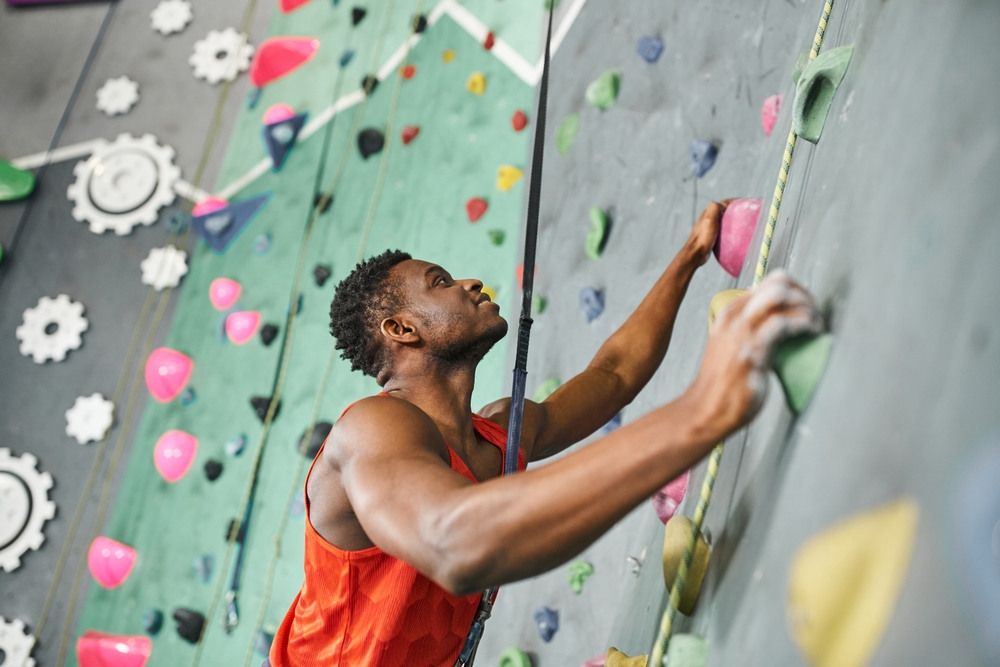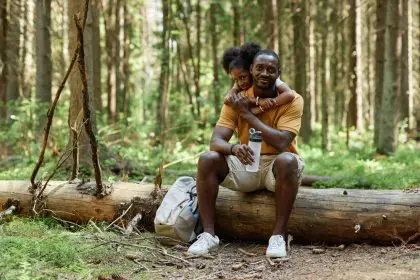In a world dominated by screens and digital interactions, the call of the outdoors has never been more enticing, or necessary. While traditional activities like hiking and cycling offer excellent entry points to outdoor recreation, pushing beyond familiar territory into more adventurous pursuits can yield unexpected rewards for both body and mind.
Research shows that spending just 120 minutes weekly in natural settings significantly reduces stress hormones and improves cognitive function. More challenging outdoor activities amplify these benefits while building resilience and self-confidence.
Rock climbing transforms physical and mental limits
Rock climbing has evolved from a niche extreme sport to an accessible adventure activity with options for nearly every fitness level. Indoor climbing gyms have proliferated across urban areas, serving as training grounds before venturing onto natural rock faces.
Studies in sports psychology highlight that climbing combines physical problem-solving with mental focus in a unique way that engages practitioners fully. The activity engages multiple muscle groups simultaneously while requiring strategic thinking and mindfulness, a combination that creates what psychologists term “flow state,” where participants become fully immersed in the moment.
First-timers can begin with guided indoor sessions, gradually progressing to outdoor top-roping with experienced instructors. Many climbing communities offer mentorship programs specifically designed to help newcomers navigate the learning curve safely.
Whitewater kayaking delivers adrenaline and serenity
The second adventure worth exploring involves navigating rushing rivers in a small, maneuverable craft. Whitewater kayaking combines moments of heart-pounding excitement with peaceful glides through scenic waterways.
Unlike calm-water kayaking, its whitewater cousin requires specialized equipment and training. However, the investment pays dividends in access to remote natural areas unreachable by other means and a profound sense of accomplishment after successfully running rapids.
Beginners should seek certified instructors who emphasize safety protocols and proper technique. Many outfitters offer introductory courses on calm lakes before progressing to gentle rivers with Class I and II rapids. The sport builds core strength, cardiovascular endurance, and quick decision-making abilities, all while immersed in breathtaking landscapes.
Backcountry skiing opens winter wilderness
The third outdoor adventure transforms winter from a season of hibernation into one of exploration. Backcountry skiing, also called alpine touring, takes skiers beyond groomed resort trails into pristine snow-covered terrain.
This activity has seen 34% growth in participation over the past five years as enthusiasts seek solitude and untracked powder. The experience combines cardio-intensive climbs using specialized equipment with exhilarating descents through natural features.
Modern equipment has made the sport more accessible, with adjustable bindings that allow uphill hiking and downhill performance in one package. However, avalanche safety training remains essential before venturing into remote areas. Many ski communities offer weekend courses covering risk assessment, rescue techniques, and weather interpretation.
Wilderness backpacking builds self-reliance
The fourth adventure involves carrying everything needed for multiple days in undeveloped natural areas. Wilderness backpacking represents the ultimate disconnection from modern conveniences and reconnection with fundamental rhythms of nature.
Unlike day hiking, extended backcountry trips require careful planning and a broader skill set including navigation, weather reading, and emergency preparedness. The reward comes in accessing remote alpine lakes, isolated beaches, or mountaintop vistas rarely seen by casual visitors.
Beginners should start with overnight trips in less remote areas, gradually building experience and confidence. National forests often provide excellent starting points with designated sites and well-marked trails while still offering genuine wilderness experiences. Many outdoor organizations offer guided introductory trips that teach essential skills while providing backup support.
Paragliding provides the ultimate perspective shift
The fifth and perhaps most perception-altering adventure literally changes how participants see the world. Paragliding, flying a lightweight, foot-launched aircraft, offers the closest approximation to human flight without mechanical assistance.
Despite appearances, modern paragliding emphasizes methodical progression and risk management rather than recklessness. Students begin with ground handling exercises to understand wing control before attempting short flights on gentle slopes under instructor supervision.
The sport builds unique spatial awareness and reading of natural air movements. Thermal soaring, riding rising air currents, can keep pilots aloft for hours with minimal physical exertion, creating a meditative experience unlike any ground-based activity.
Whatever adventure calls to you, local clubs and online communities offer support for beginners. The shared experience of learning challenging outdoor skills frequently creates lasting bonds among participants that extend beyond the activity itself.
Research indicates these adventures provide not just recreation but genuine medicine for modern life’s disconnection from natural environments. The initial discomfort of trying something unfamiliar quickly gives way to expanded capabilities and perspectives that transfer to everyday challenges.
The most valuable outdoor adventure isn’t necessarily the most extreme, it’s the one that pushes your personal boundaries just enough to create growth while still remaining enjoyable. The perfect starting point awaits just beyond your comfort zone.












